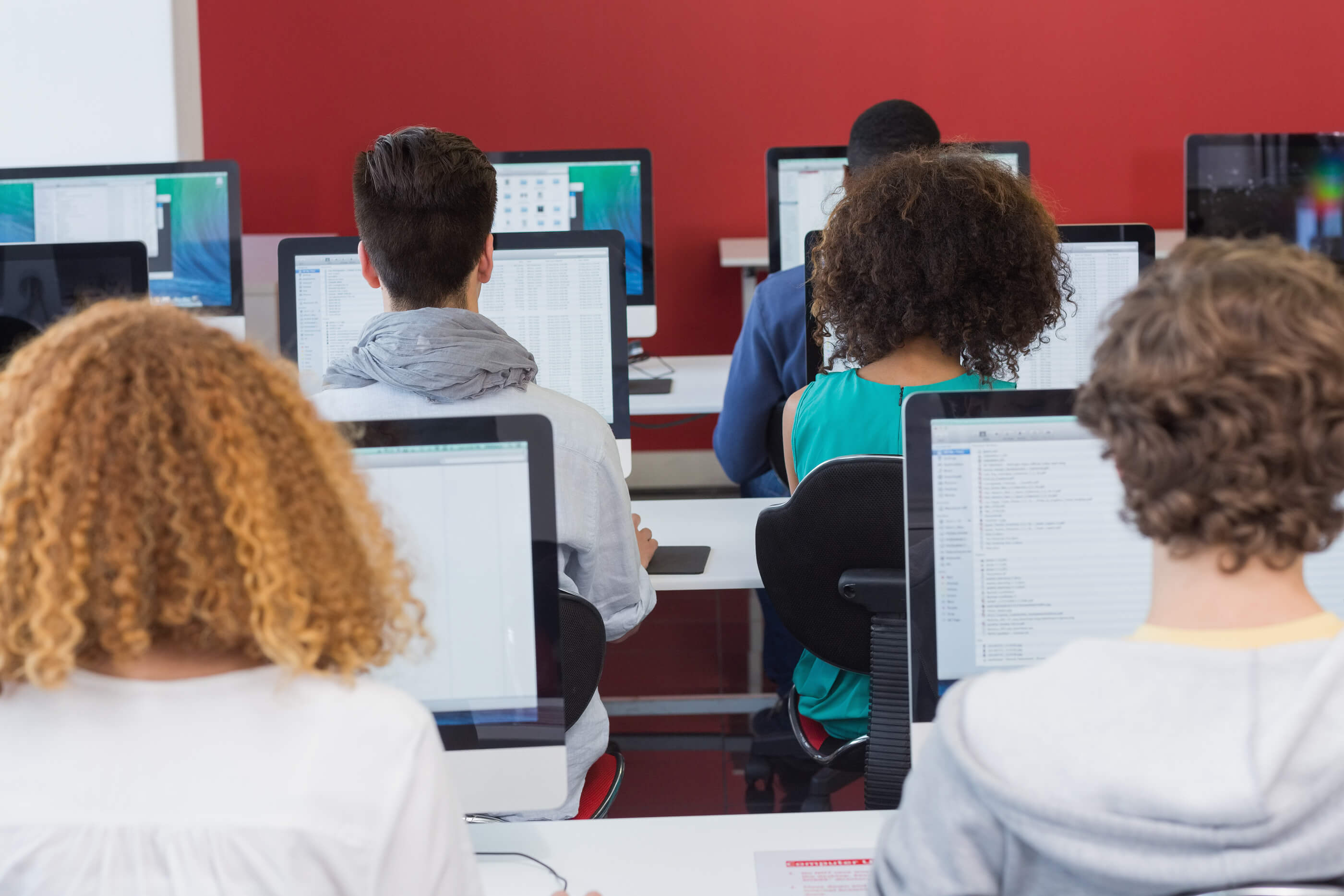What is a difference between the CLEP, DSST and PLA exams?

There are several ways students can earn college credits through examinations without having to take full college courses. While some exams have been well-known for years, others may be unfamiliar to the general public. Here are some useful tips about the differences between the CLEP, PLA, and DSST exams and the categories of students who might benefit from them.
CLEP vs. DSST vs. PLA
CLEP
The College-Level Examination Program® (CLEP) tests were developed by the College Board and are among the most well-known credit-granting examinations. CLEP tests are approved by the American Council on Education’s College Credit Recommendation Service (ACE CREDIT). There are 33 tests to choose from. CLEP tests are useful for students who have acquired an education outside the confines of the traditional college classroom setting, such as through autonomous study, high school AP classes, self-teaching, work experience, social associations, or undergraduate education completed outside of the U.S. CLEP exams give students a chance to demonstrate their knowledge in a particular area in order to circumvent undergraduate coursework. There is no age restriction as to who can take the exam and no degree requirement; anyone, including children under 13 years of age, can take a test.
DSST
DSST exams (formerly known as the DANTES exams) are also endorsed by ACE CREDIT. Initially developed for military service personnel and veterans, DSST exams are now available for any adult learners, including college students and students who are home schooled. DSST exams offer a wide range of testing in business, humanities, math, physical science, social science, and applied technology. DSST exams are offered by Prometric and Peterson’s DoD MWR Libraries, and CLEP exams are offered by the College Board. In contrast to the to CLEP exams, which cover mostly basic undergraduate courses, DSST exams offer more advanced testing toward both lower level Baccalaureate and higher level Baccalaureate credits for any major. DSST exams offer a maximum of three college credits while the CLEP exams offer up to 12. The test is available for high schoolers and older test takers.
PLA
Prior Learning Assessments (PLAs) from Nocti Business Solutions (NBS) allow an individual to transfer work and life experience skills into college accreditation. In contrast to the CLEP and DSSP tests, the PLAs are designed for adult students who want to complete an entire course, obtain professional certification in a specific industry or field, or who are entering the job market and need to demonstrate general work readiness skills. PLAs are approved by the National College Credit Recommendation Service (NCCRS) but not by ACE, in contrast to the CLEP and DSST exams. NCCRS is recognized by over 1500 colleges nationwide and grants college credit for the completion of test benchmarks. Each NBS multiple choice test grants one to six credit hours. These are two- to three-hour tests with up to 150 questions. The test fee is $150 with additional fees charged for an official transcript. PLAs allow students to accelerate the completion of their degree and avoid redundant coursework for material they have already mastered.
Bottom line:
- At $80, the CLEP and DSST fees may be more affordable for students than the PLA exams at $150.00
- CLEP offers credits for lower level Baccalaureate individual courses vs. both lower level Baccalaureate and higher level Baccalaureate credits offered by DSST and entire course credits in a specific industry or field offered by PLA.
- CLEP tests are shorter – 90 min. vs. 120 min. DSST vs. up to 180 min. PLA tests
- The number of CLEP test questions vary from 44 in Calculus to 140 in the Humanities. The number of questions between the DSST tests and PLA tests vary depending on the subject
- Normally, the CLEP exams are online and multi-choice, but the American Literature exam has an optional paper format essay that may be required by some colleges and universities. The DSST Public Speaking exam requires a voice recording, which is uploaded into the testing system to be later evaluated by a committee. The PLA tests are available online and in paper format.

Posted in Blog on May 18, 2016
Subscribe to newsletter
Got questions? Ask them!
Related posts
- How to get college credits through DSST and DANTES programs
- How To Get College Credit If You Studied Abroad
- College Credits for High Schoolers
- Get College Credits By Exam
- CLEP and DSST Exams: Save Time and Money